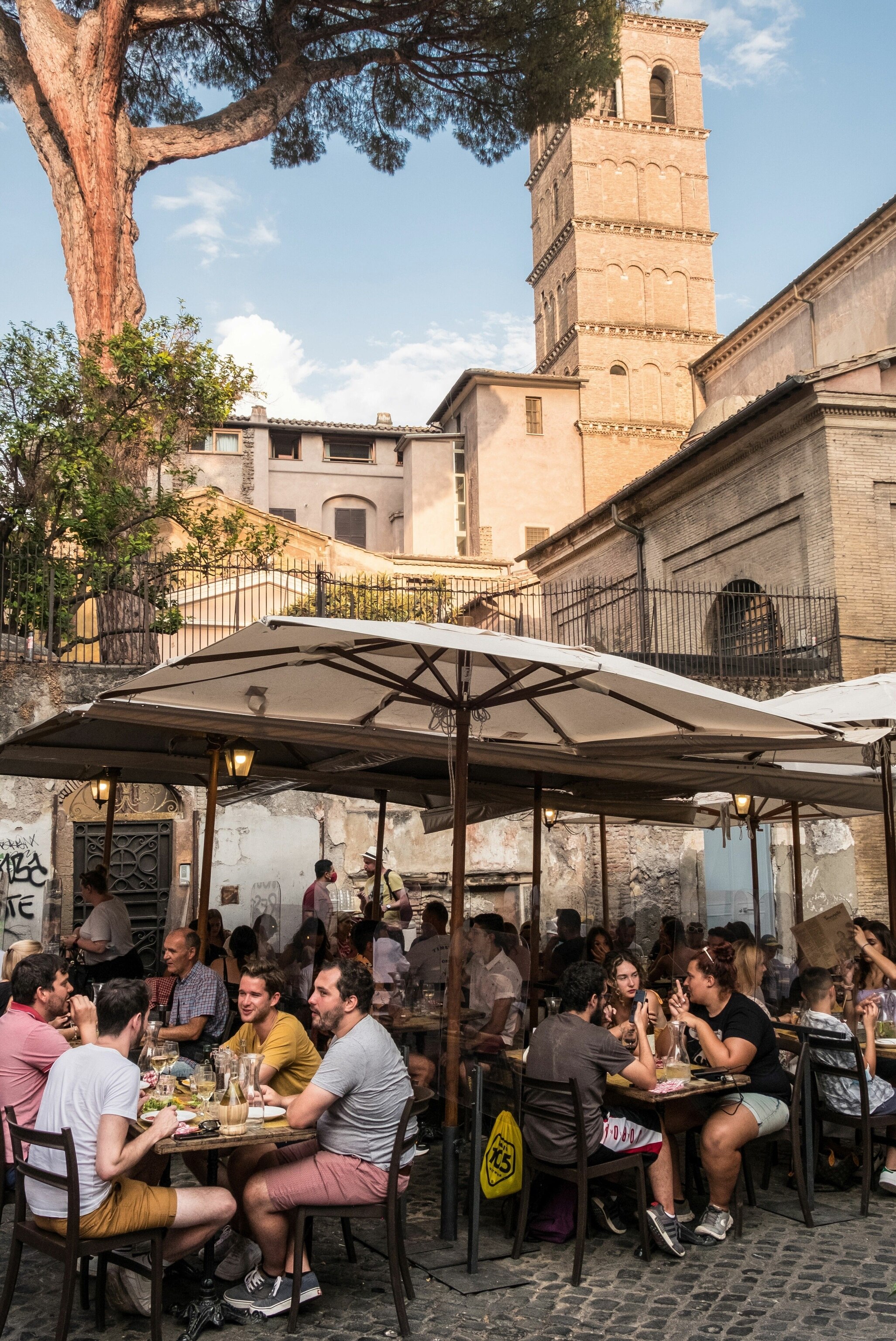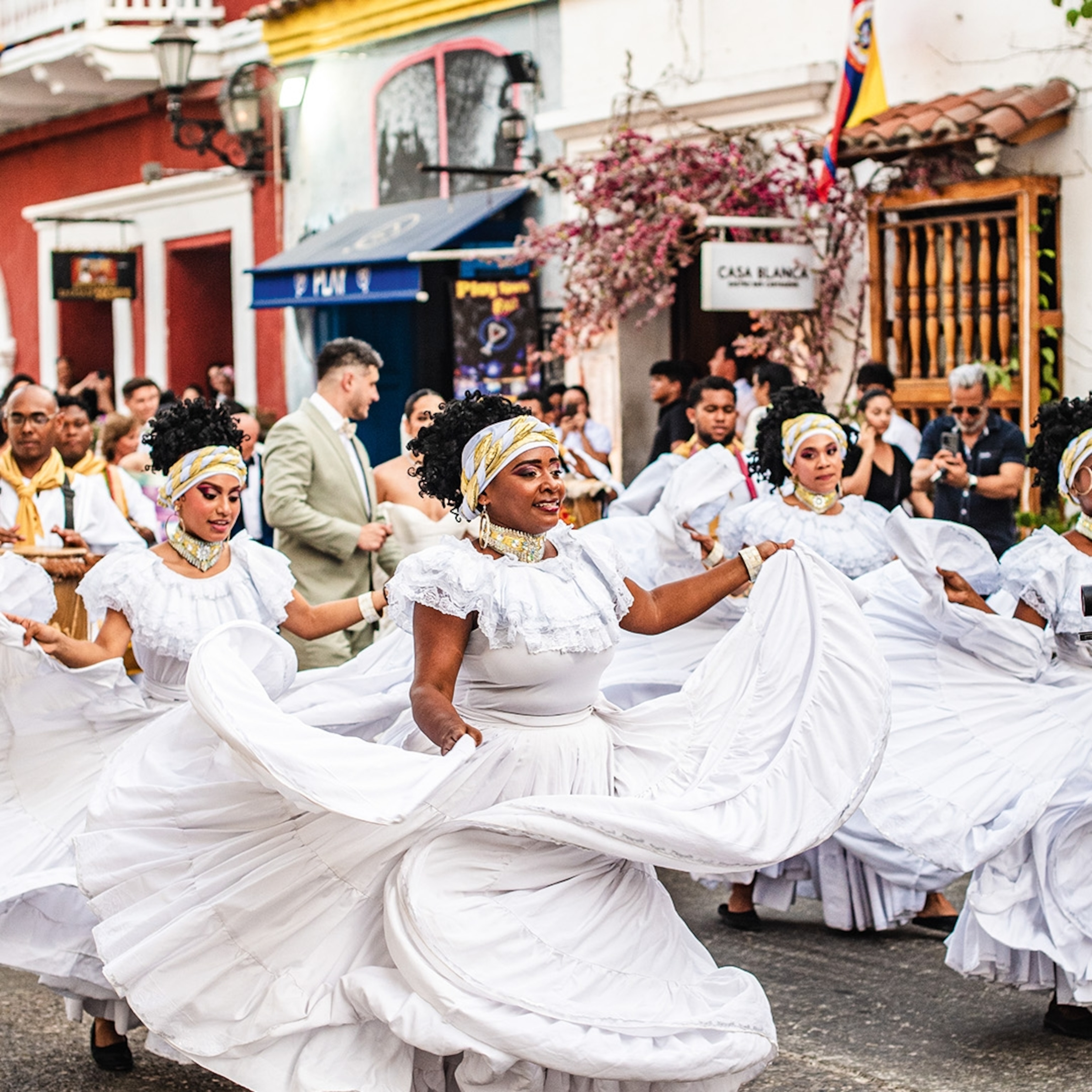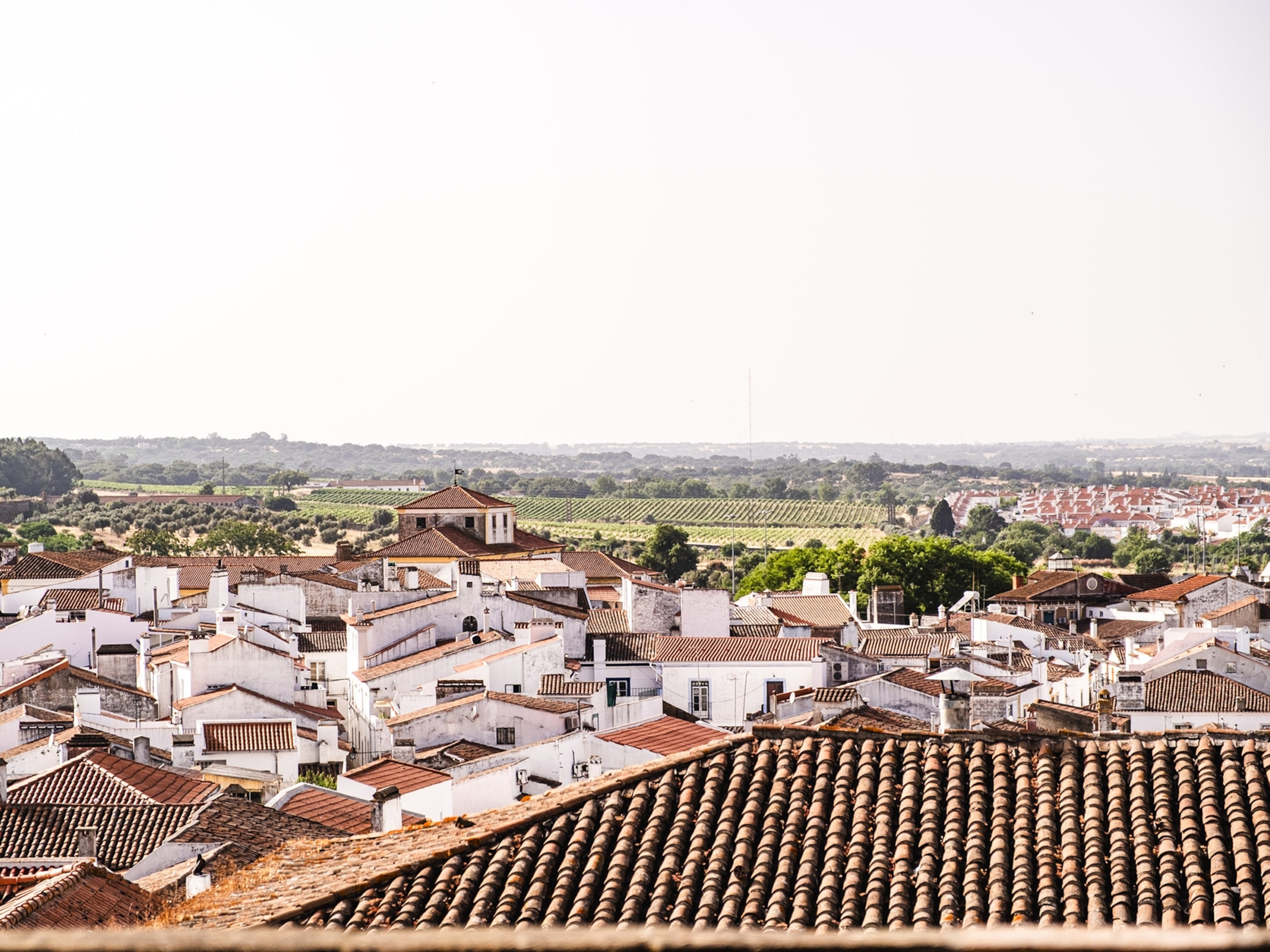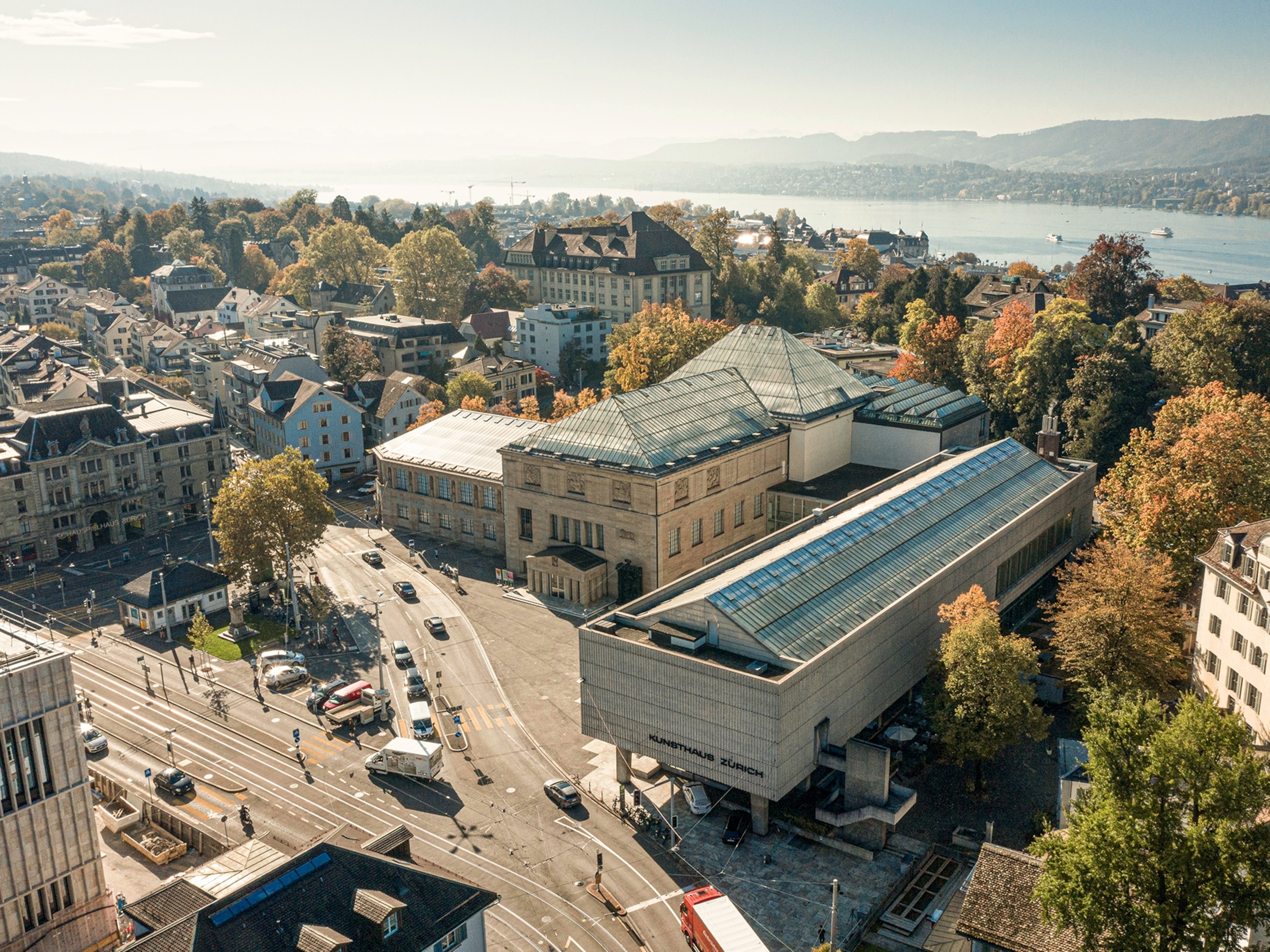
The inside guide to Trastevere, Rome's most emblematic neighbourhood
The sprawling neighbourhood of Trastevere, on the western side of the Tiber, is Rome in microcosm — walk its streets to discover a vibrant bar scene and bustling Sunday markets, multi-layered history and atmospheric alleyways.
Trastevere is many things to many people. Bar aficionados come for the nightlife, others to admire its boho-pretty cobbled streets. And many Romans think it’s over — ruined by tourists, the artisans of the past pushed out to make way for hipster bars. Although this isn’t the proudly working-class area stuffed with earthy trattorias and workshops it once was, it’s not a soulless bar strip aimed solely at visitors, either. The Trastevere of old is still there if you scratch beneath the surface.
Although it was outside the main city walls (the literal meaning of ‘Trastevere’ is ‘across the Tiber’), the area has a wealth of ancient remains. At Santa Cecilia in Trastevere church, steps lead visitors down into a second-century BC former Roman abode. You’ll also find the sarcophagus of St Cecilia, a Roman woman supposedly martyred on this site for converting to Christianity.
Ancient Rome blends once more with Catholicism at Santa Maria in Trastevere, the neighbourhood’s main church. Look away from the glittering, 13th-century mosaics and you’ll see 22 hulking columns propping up the nave; these were taken from the nearby ruins of the Baths of Caracalla.
And there’s a strong hum of la dolce vita in the medieval Vicoli, too. These alleyways zigzag their way through the quarter, and in the southeastern part of Trastevere, you’ll still find washing lines dangling over the cobbles and bougainvillea growing up the walls (Via dei Salumi has some of the prettiest vicoli leading off it). In this corner of the neighbourhood, you’ll also find more ancient-meets-modern at Sant'Andrea De Scaphis, a crumbling baroque chapel-turned ultra-modern art gallery. Trastevere is many things to many people. Bar aficionados come for the nightlife, others to admire its boho-pretty cobbled streets. And many Romans think it’s over — ruined by tourists, the artisans of the past pushed out to make way for hipster bars. Although this isn’t the proudly working-class area stuffed with earthy trattorias and workshops it once was, it’s not a soulless bar strip aimed solely at visitors, either. The Trastevere of old is still there if you scratch beneath the surface.
Although it was outside the main city walls (the literal meaning of ‘Trastevere’ is ‘across the Tiber’), the area has a wealth of ancient remains. At Santa Cecilia in Trastevere church, steps lead visitors down into a second-century BC former Roman abode. You’ll also find the sarcophagus of St Cecilia, a Roman woman supposedly martyred on this site for converting to Christianity.
Ancient Rome blends once more with Catholicism at Santa Maria in Trastevere, the neighbourhood’s main church. Look away from the glittering, 13th-century mosaics and you’ll see 22 hulking columns propping up the nave; these were taken from the nearby ruins of the Baths of Caracalla.
And there’s a strong hum of la dolce vita in the medieval Vicoli, too. These alleyways zigzag their way through the quarter, and in the southeastern part of Trastevere, you’ll still find washing lines dangling over the cobbles and bougainvillea growing up the walls (Via dei Salumi has some of the prettiest vicoli leading off it). In this corner of the neighbourhood, you’ll also find more ancient-meets-modern at Sant'Andrea De Scaphis, a crumbling baroque chapel-turned ultra-modern art gallery.

For many, Trastevere’s Sunday Market at Porta Portese is Rome. Wade into the capital’s largest flea market, for everything from Jesus statuettes to mid-century furniture. It starts at the old city gate and spreads south. If you want something more made-to-measure, you’ll still find some of Trastevere’s artisans in the less busy streets around Santa Cecilia in Trastevere Church. Giuseppe and Isabella Ciuffetti hand-stitch elegant bags, wallets and belts from Tuscan leather; Giuseppe’s been doing it since childhood and Isabella joined him 45 years ago when they married. Opposite them is La Cravatta Su Misura, Melania Flamini’s one-woman show making ties and scarves.
Trastevere manages to blend that proud, working-class origins with high culture, too. Sixteenth-century Villa Farnesina contains frescoes by Raphael, among others, and his Loggia of Cupid and Psyche is arguably better than his work in the Vatican. The grounds are also outstanding, but be sure to make time for the Orto Botanico Di Roma, the city’s botanical garden, which is full of old cedars and oaks. Follow the elegant, tree-lined boulevards to Piazzale Garibaldi, from where you’ll have sweeping views of the city.
But no visit to Trastevere would be complete without a twirl around its nightlife scene, centred around the area from Piazza Trilussa to Viale di Trastevere. For something to eat, it has to be one of the district’s historical pizzerias — either Ivo a Trastevere or Al Marmi. The latter’s known as l’obitorio (‘the morgue’) for its all-marble interior, unchanged since its 1931 opening. For a night on the town, try Freni E Frizioni for creative cocktails. Alternatively, for a taste of classic Rome, make a beeline for wood-clad Bar San Calisto, a local institution.
Published in the November 2021 issue of National Geographic Traveller (UK)
Follow us on social media
Twitter | Facebook | Instagram







